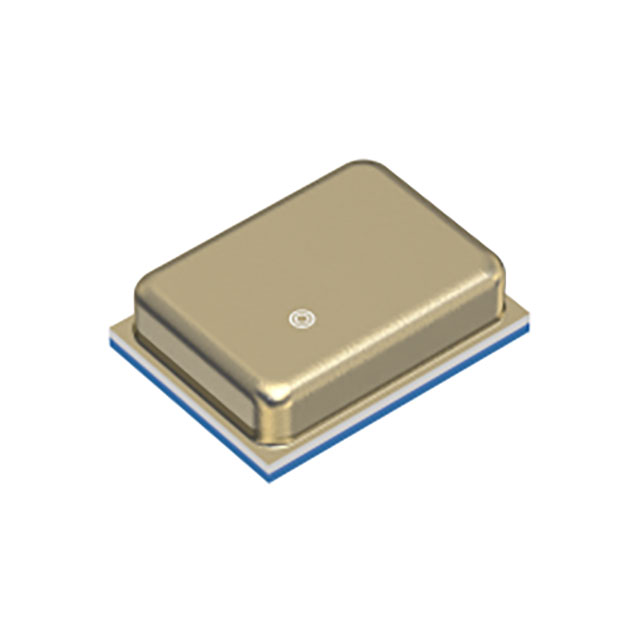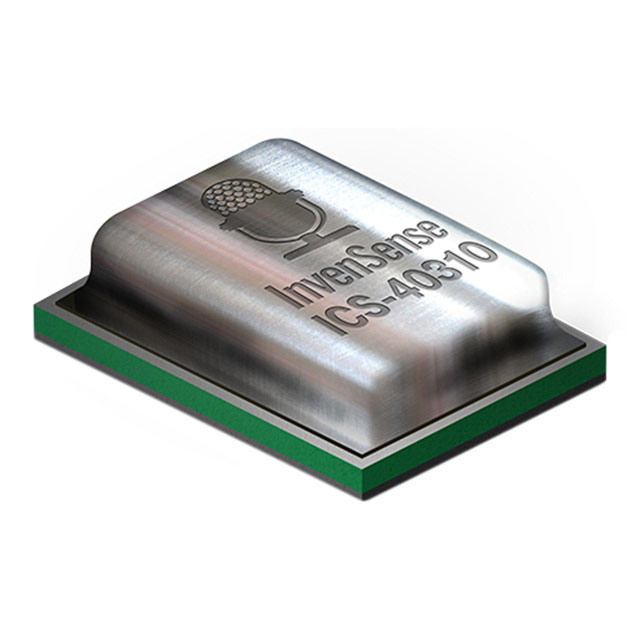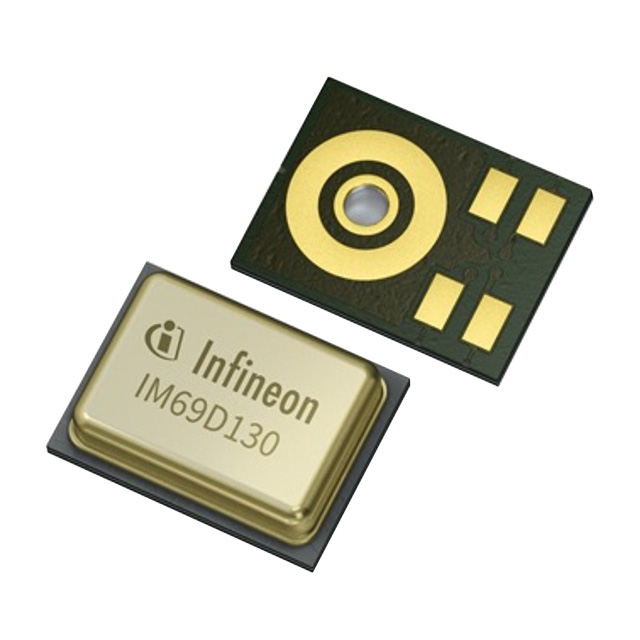Lithium Battery CR123A
CR123A 3V Lithium Batteries Introduction
CR123 is a common lithium battery, commonly used in small electronic devices with high power requirements. Its model number is usually referred to as "CR123A", which is the standardized name of this battery. Here is a basic introduction to CR123A lithium battery:
1. CR123A Basic Specifications
Type: Lithium Battery (Li-ion)
Dimensions: Diameter of about 17.0 mm, length of about 34.5 mm (similar to common AA batteries, but shorter and thicker)
Voltage: Typical operating voltage is 3V, which is higher than the standard 1.5V battery, providing a higher voltage output.
Capacity: The capacity is usually between 1500mAh and 1700mAh, depending on the specific brand and model.
Weight: Between about 17 grams and 20 grams, depending on the manufacturer.
2. CR123A Working Principle
CR123A battery is a lithium metal battery that uses lithium metal and manganese dioxide (LiMnO₂) chemicals to react to generate electricity during the discharge process of the battery.
Lithium Battery CR123A 3V voltage makes it an ideal power source for many high-power consumption devices such as cameras, flashlights, lasers, etc.
3. CR123A Advantages
High energy density: Compared with other common batteries, CR123A provides higher energy density and can provide more power in a smaller volume.
Long-term use: Due to the high voltage and high energy density of the battery, it can stably supply power for a long time, suitable for long-term operation of equipment.
Long shelf life: Due to its use of lithium metal, it has a long shelf life, usually 10 years or more, suitable for long-term storage applications.
Good stability: Lithium batteries are relatively stable in high and low temperature conditions and are more adaptable to extreme environments than traditional alkaline batteries.
4. CR123A Common applications
Digital cameras: High-end digital cameras and flashlights usually use CR123A batteries because they provide high current output to meet the needs of devices such as flashlights.
Flashlights: Many high-brightness LED flashlights use CR123A batteries because their high voltage and stability are suitable for short-term use of high power.
Security equipment: such as wireless security cameras, sensors, and alarm devices.
Laser pointers: Some laser sights, shooting equipment, and some laser tools also use CR123A batteries.
Medical equipment: such as cardiac defibrillators (AEDs) and some wearable health devices.
5. Precautions
Not suitable for over-discharge: Lithium batteries have over-discharge protection, but over-discharge may cause the battery to be irrecoverable or damaged. Avoid full discharge of the battery during use.
Avoid excessive temperature: Although lithium batteries have good stability, high temperature environments (over 60°C) may cause battery damage or leakage, so avoid exposing the battery to high temperature environments.
No short circuit: Short circuits can cause the battery to overheat and may even cause fire or explosion.
Proper storage: If not used for a long time, it should be stored in a cool and dry place to avoid moisture.
6. CR123A Comparison with other batteries
CR123A vs. AA: The voltage of CR123A battery is 3V, while the voltage of standard AA battery (such as alkaline battery) is 1.5V. CR123A provides more energy support in voltage and is suitable for devices with higher power requirements. However, CR123A battery is more expensive than AA battery and has lower capacity, so it is more suitable for devices that require high power output for a short time.
CR123A vs. 18650 lithium battery: 18650 lithium battery provides larger capacity and higher current output, and is usually used in devices that require longer operation and high current (such as power tools, mobile power, etc.). But 18650 battery is larger and heavier, while CR123A is more compact and suitable for portable devices.
Summary
CR123A lithium battery is a small and efficient battery suitable for portable devices that require high voltage and high power output. It is widely used in digital cameras, flashlights, lasers and security systems, and its long shelf life and stable performance make it an ideal choice for high-end equipment.
CR123A FAQs
1. What devices are CR123A batteries suitable for?
CR123A 3v battery batteries are commonly used in high-power devices such as: digital cameras, high-brightness LED flashlights, security cameras and sensors, smart home devices (such as doorbells and smoke detectors), outdoor equipment, and emergency equipment.
2. Are CR123A batteries rechargeable?
CR123A is sometimes used as a generic term to include both rechargeable and non-rechargeable models, so if you see "CR123A", you need to check whether it is the rechargeable version (RCR123A)
3. How long is the storage life of CR123A?
The storage life of CR123A batteries is very long, and official data shows that it can be stored for up to 10 years. This means that even if the battery is left idle for many years, it can still retain most of its power. This feature makes it particularly suitable for emergency equipment or backup battery scenarios.
4. Can CR123A be used in low or high temperature environments?
Yes, CR123A has a very wide operating temperature range, from -40°C to 70°C. Therefore, it is particularly suitable for outdoor equipment or equipment that needs to be used in extreme environments, such as outdoor monitoring systems or mountaineering equipment.
5. How long can a CR123A battery last?
The usage time of CR123A depends on the power consumption of the device. Generally speaking, in low-power devices (such as sensors), CR123A batteries may last for months or even more than a year; while in high-power devices (such as digital cameras or high-power flashlights), the battery may only last for a few hours to a few days.
6. What is the difference between Panasonic CR123A and other brands of CR123A?
Panasonic is a world-leading manufacturer of electronic components. Its CR123A batteries have significant advantages in stability and safety due to strict quality control and technological advantages. In addition, Panasonic's batteries generally have a lower self-discharge rate and a longer storage life. While other brands of CR123A batteries may be slightly less expensive, Panasonic's performance and reliability are significant advantages.
7. What are the similar of CR123A? Are they interchangeable?
There are several similar models of CR123A, including batteries DL123A, EL123A, 123A, SF123A, K123A, CR17345, 16340, BR123A, etc. Although these batteries are similar in size and basic performance, they may differ in brand, charging capacity, and voltage. When choosing the right battery, decisions should be made based on the voltage requirements and usage scenarios of the specific device.













